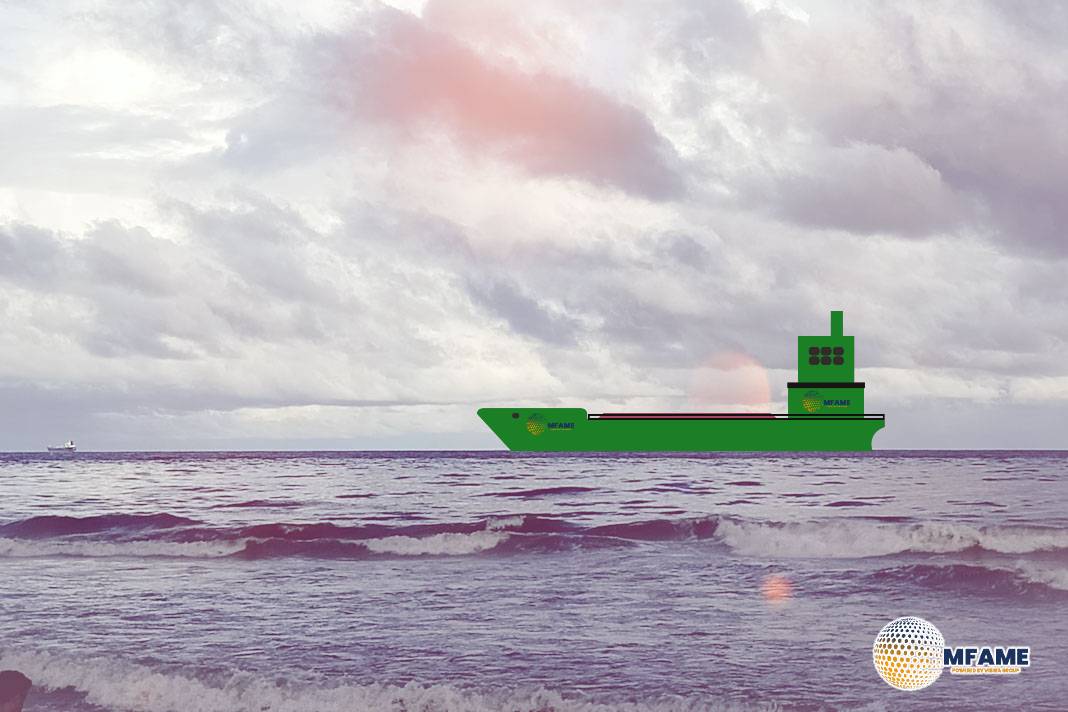- Front-loading of shipments during a tariff reprieve boosted volumes but may now give way to slower trade and rate declines.
- Overcapacity risks are rising as new vessel deliveries coincide with weakening demand in transpacific trade.
- Taiwanese and European carriers face steep earnings declines amid prolonged trade uncertainties.
- China is diversifying exports toward Southeast Asia, with intra-Asia routes surpassing transpacific volumes in importance.
Profits for Asia’s major container liners may have already reached their high point for the year, with rate declines expected as demand normalizes. As noted in The Business Times International, recent gains were fueled by front-loaded shipments during a tariff truce, but the outlook for the remainder of the year is more cautious.
Market Outlook and Trade Shifts
Signs of slowing trade in China suggest that the boost from front-loading shipments may be fading after a period of record container volumes. HSBC analysts noted in mid-July that while a tariff reprieve delays demand pressures, the accelerated delivery of new vessels could meet softening demand, worsening overcapacity concerns.
From the third quarter, transpacific container traffic is projected to decline, with only a modest seasonal rise anticipated in the second quarter of 2026. According to Drewry’s Philip Damas, the container shipping sector remains in a cyclical downturn, with temporary rate spikes driven by disruptions rather than sustained demand growth.
Beyond China and Japan, Taiwan’s Evergreen Marine and Yang Ming Marine Transport may see annual earnings fall by more than half due to ongoing trade uncertainties. European carriers, including AP Moller-Maersk and Hapag-Lloyd, are also expected to face a prolonged slowdown. While US-China trade discussions continue, any agreement more favorable to China could provide some upside for Chinese liners, as noted by Bloomberg Intelligence’s Kenneth Loh.
However, even relatively favorable tariff terms may still weigh on rates and volumes. Revised tariffs, such as the current 15 percent rate on Japan, remain higher than a year ago and are expected to reduce Japanese containerized exports to the United States. For China, the longer-term impact of these tariffs is uncertain, though exports to non-US markets are growing at a faster pace.
China’s trade surplus reached a record in the first half of the year, supported by export diversification toward Southeast Asia. High-growth markets, such as intra-Asia trade routes, are now surpassing transpacific lanes in importance, with China–ASEAN volumes doubling those of China–US since March. In response to tariff risks, container lines are increasingly redeploying China-built vessels from US-linked routes to other markets, with more service cancellations and ship demolitions expected in the second half of the year as carriers manage capacity.
Did you subscribe to our Daily newsletter?
It’s Free! Click here to Subscribe!
Source: Business times International

















